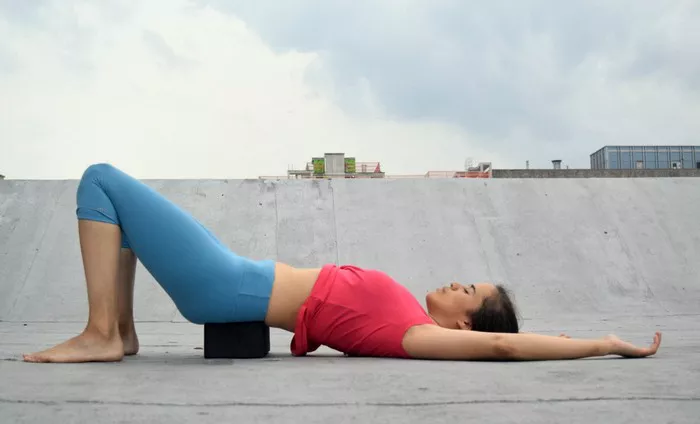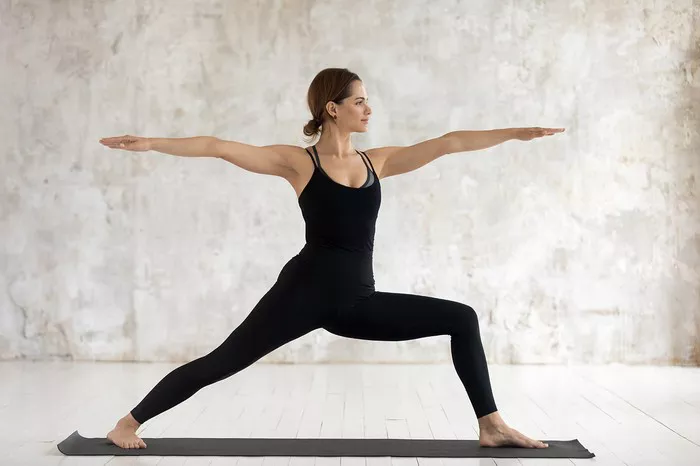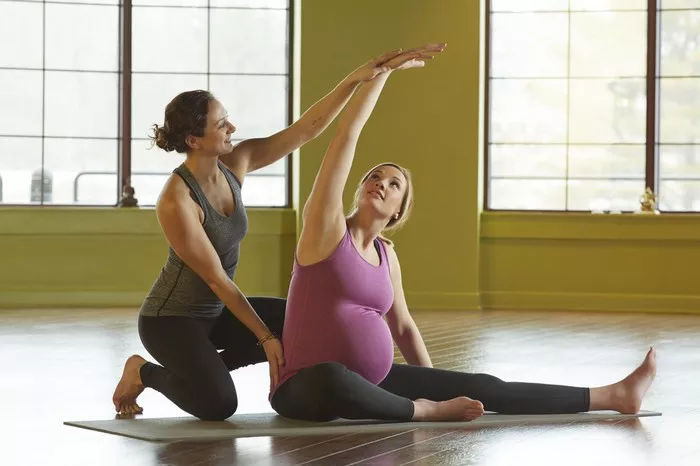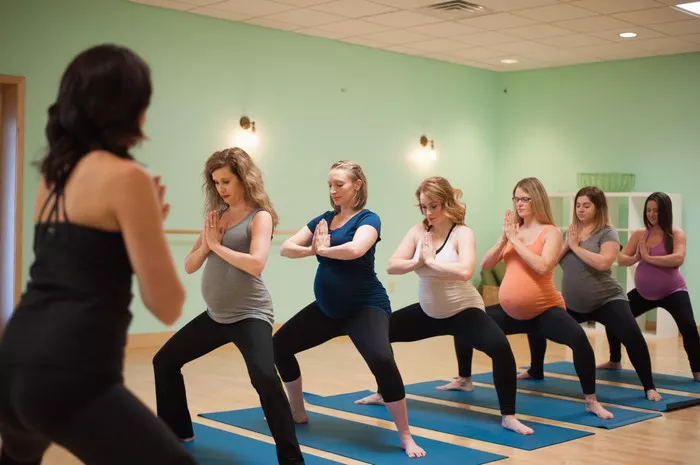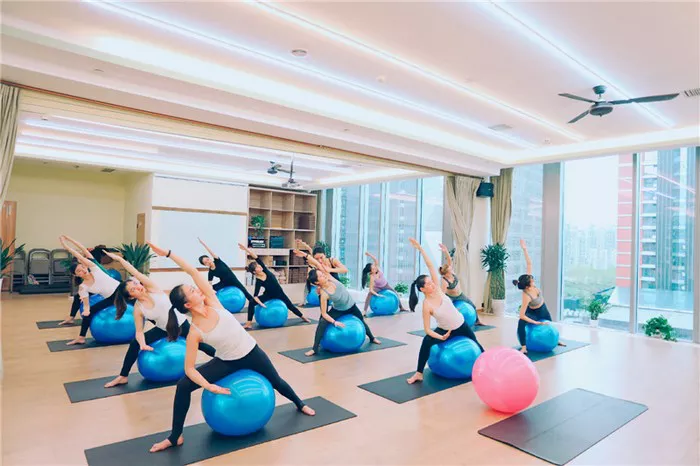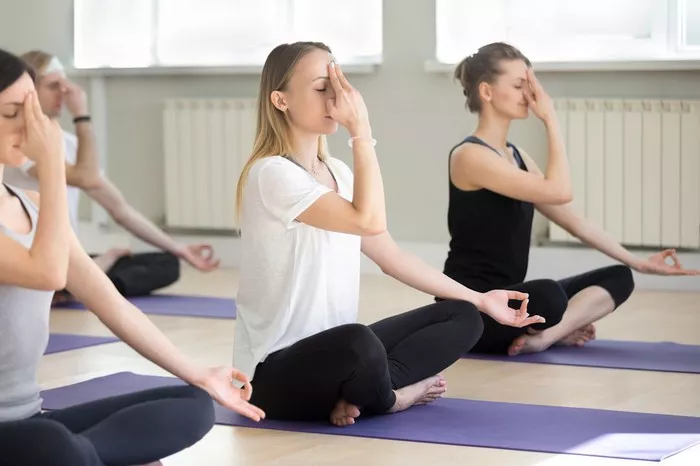High blood pressure, or hypertension, is a prevalent health concern affecting millions worldwide. While medication and lifestyle modifications are often prescribed to manage this condition, complementary approaches such as yoga can offer significant benefits. However, not all yoga poses are suitable for individuals with high blood pressure. In this comprehensive guide, we explore the science behind yoga’s impact on hypertension and provide a curated list of poses to avoid, along with safer alternatives.
Understanding Hypertension and Yoga’s Role
Hypertension occurs when the force of blood against the artery walls is consistently too high, leading to potential health complications such as heart disease, stroke, and kidney problems. Yoga, an ancient practice that combines physical postures, breathing exercises, and meditation, has been shown to reduce blood pressure levels through various mechanisms.
Regular yoga practice can promote relaxation, decrease stress hormones like cortisol, and improve overall cardiovascular health. Additionally, specific yoga postures can target muscles, nerves, and organs involved in blood pressure regulation, enhancing circulation and reducing strain on the heart.
However, individuals with hypertension must approach yoga with caution, as certain poses can inadvertently elevate blood pressure or strain the cardiovascular system. It’s essential to consult with a healthcare provider before starting any new exercise regimen, including yoga, particularly if you have underlying health conditions.
Poses to Avoid and Safer Alternatives
1. Headstand (Sirsasana) and Shoulderstand (Sarvangasana)
While inversions like headstand and shoulderstand offer numerous benefits, including improved circulation and stress relief, they may not be suitable for individuals with high blood pressure. These poses can increase intraocular pressure and raise blood pressure in some individuals, potentially leading to complications such as stroke or retinal detachment.
Safer Alternative: Legs-Up-the-Wall Pose (Viparita Karani)
Legs-up-the-wall pose is a gentle inversion that promotes relaxation and reduces swelling in the legs. Lie on your back with your legs extended upward against a wall, forming a 90-degree angle with your body. Support your lower back with a folded blanket if needed, and focus on deep, rhythmic breathing to enhance its calming effects.
2. Deep Backbends
Backbending poses, such as wheel pose (Urdhva Dhanurasana) and camel pose (Ustrasana), can increase heart rate and blood pressure, making them unsuitable for individuals with hypertension. These poses place significant strain on the cardiovascular system and may cause dizziness or discomfort, especially for those with pre-existing heart conditions.
Safer Alternative: Supported Bridge Pose (Setu Bandhasana) with Props
Supported bridge pose offers similar benefits to backbends while providing additional support for the spine and heart. Place a yoga block or bolster under your sacrum and gently lift your hips, keeping your feet hip-distance apart. Relax your shoulders and breathe deeply into the chest, allowing the props to alleviate pressure on the heart and neck.
3. Intense Twists
Twisting poses like seated spinal twist (Ardha Matsyendrasana) and revolved triangle pose (Parivrtta Trikonasana) can stimulate the sympathetic nervous system and temporarily increase blood pressure. While twists offer benefits for digestion and spinal mobility, individuals with hypertension should approach them cautiously to avoid overexertion.
Safer Alternative: Gentle Seated Twist with Modification
Instead of deep spinal twists, opt for gentle seated twists with modifications to avoid excessive strain. Sit cross-legged or on a folded blanket, lengthen your spine, and gently rotate your torso to one side, using your breath to deepen the stretch gradually. Focus on maintaining steady, even breathing and avoid forcing the twist beyond your comfort level.
4. Advanced Pranayama Techniques
Pranayama, or yogic breathing exercises, can profoundly influence blood pressure regulation and overall well-being. However, advanced pranayama techniques such as kapalabhati (skull-shining breath) and bhastrika (bellows breath) involve rapid, forceful breathing that may elevate blood pressure in individuals with hypertension.
Safer Alternative: Diaphragmatic Breathing (Yogic Breath) and Nadi Shodhana (Alternate Nostril Breathing)
Diaphragmatic breathing focuses on deep, slow inhalation and exhalation, engaging the diaphragm to promote relaxation and lower stress levels. Nadi shodhana, or alternate nostril breathing, balances the flow of energy in the body and calms the mind without causing undue strain on the cardiovascular system. Practice these gentle breathing techniques regularly to enhance blood pressure control and overall respiratory function.
Conclusion
In conclusion, while yoga offers numerous benefits for individuals with high blood pressure, it’s essential to approach the practice mindfully and with awareness of potential risks. By avoiding certain poses and opting for safer alternatives, individuals with hypertension can harness the transformative power of yoga while prioritizing their cardiovascular health. Remember to listen to your body, honor its limitations, and consult with a qualified healthcare professional before embarking on any new yoga practice. With dedication and mindful practice, yoga can become a valuable tool in managing hypertension and fostering holistic well-being.

